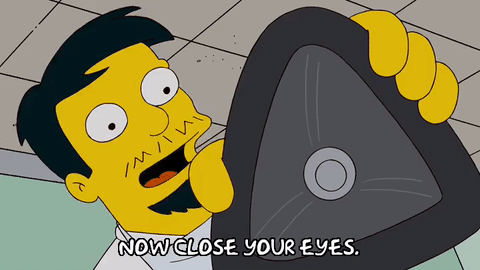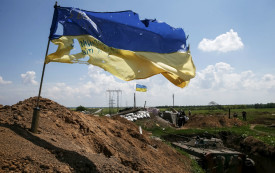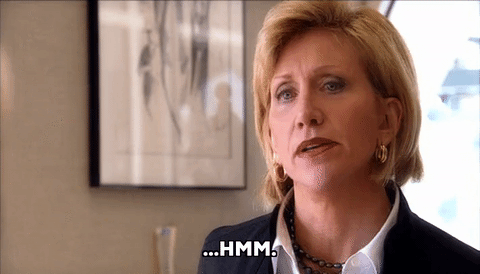But genuine gains from the Lib Dems and Labour did.
Jeremy Corbyn would be prime minister today if the Scottish Tories had done as badly three weeks ago as they did in 2015 (or any of the previous four elections). Without the dozen gains north of the border, a deal with the DUP wouldn’t have given her the numbers and a deal with anyone else couldn’t have been done. It would have been game over.
Given the different nature of politics in Scotland, where the unionist-nationalist split is at least as potent as the progressive-conservative one, that raises the intriguing question as to whether tactical Labour and/or Lib Dem unionist votes – to keep the SNP out – had the unintended but very real effect of keeping Theresa May in.
In fact, no, they didn’t. Indeed, one unremarked feature of the Scottish results was how unchanged the Labour and Lib Dem shares were in the seats the Tories won. In more than half of the 13 constituencies, neither other unionist party put on or lost more than 5% in vote share. In these, the swing must have been dominated by direct SNP-Con switchers.
Of the six seats where there was a change of more than 5% in the Lab or LD share, the common feature is that the change was always a decline from the party which won in 2010 but which lost the seat in 2015. That might be evidence of tactical voting but more likely is that it’s simply the incumbency bonus unwinding. In a few cases – East Renfrewshire or Gordon, for example – there may well also have been an unwinding of a pro-Lab or pro-LD tactical vote from 2015.
In fact, in two of the three seats that went LD-SNP-Con, Labour also polled substantially better in 2017 than 2015 (where they lost, or came close to losing, their deposit), again suggesting a lack of tactical voting. Besides, in only one of the seats (Stirling) was the result particularly close. Even if some of the falls in the shares of the other unionist parties was down to tactical voting, it wouldn’t have been decisive.
In addition, the Conservatives won five of the thirteen seats from third. That’s not wholly indicative of a lack of tactical voting – the previous result is only one factor in determining who is best-placed as a challenger – but it strongly hints in that direction.
So a straight-forward swing on both independence and economic-social axes? Not quite. If we compare 2017 against 2010 rather than 2015, a different picture emerges. That both the Lib Dems and Scottish Labour have suffered disastrously since 2010 is hardly news. All the same, it’s notable that in every single seat the Scottish Tories now hold, both Labour and the Lib Dems have gone backwards, generally by large amounts. Across the 13 seats, the Labour and Lib Dem shares have fallen by at least 5% in 22 of the 26 instances, by double-digits in 14 of them and by at least 20% in seven instances. Both SNP and Tories have gained, roughly equally.
These seats are not, of course, a cross-section of Scottish opinion and we should be extremely wary of drawing general conclusions. All the same, the Tory share in them is up by at least 9% in every seat gained and by much more in most. These gains have come almost exclusively from the Lib Dem and Labour voters of 2010. It might not have been tactical and it might have been a positive vote for the union and against a second independence referendum, but the decisions of these ex-progressive alliance supporters of Gordon Brown and Nick Clegg still resulted in Theresa May rather than Jeremy Corbyn forming a government.
 On the heels of a $20 million funding round last month, the new game publishing company GameMine has inked its first big deal with a global carrier. The company has partnered with the South Africa mobile carrier Vodacom Group to bring GameMine’s subscription-based mobile games to the South African market.
On the heels of a $20 million funding round last month, the new game publishing company GameMine has inked its first big deal with a global carrier. The company has partnered with the South Africa mobile carrier Vodacom Group to bring GameMine’s subscription-based mobile games to the South African market. 












